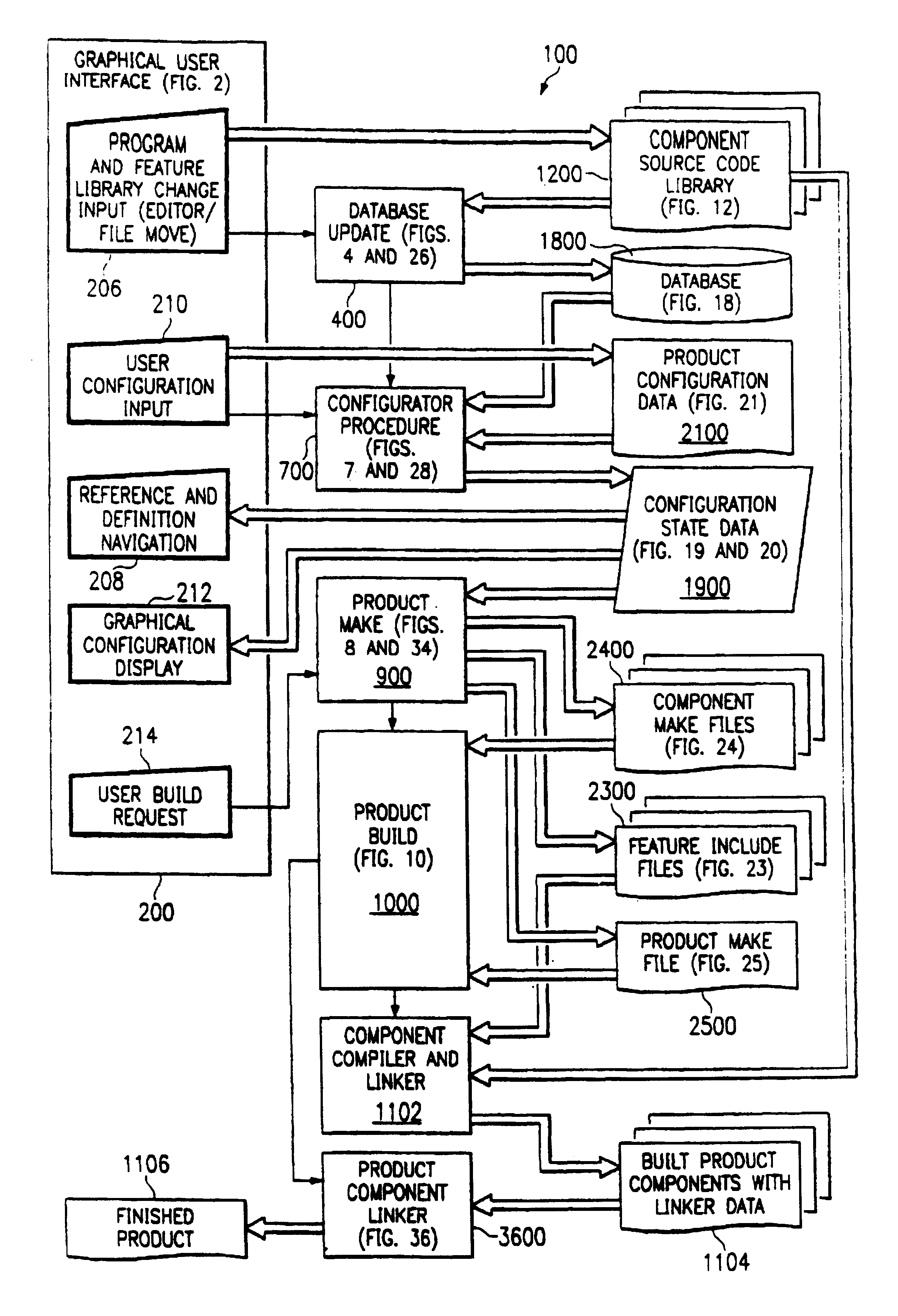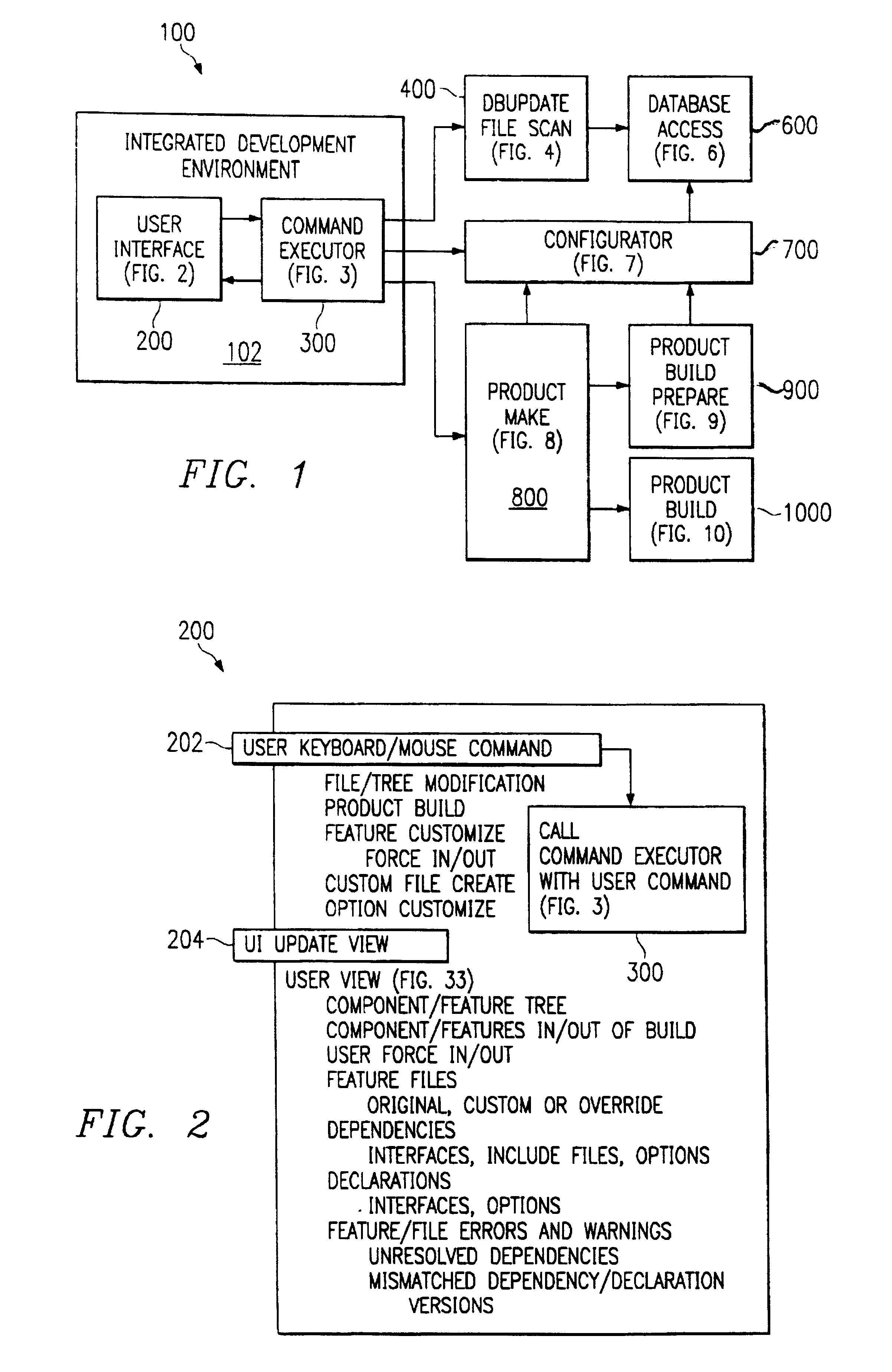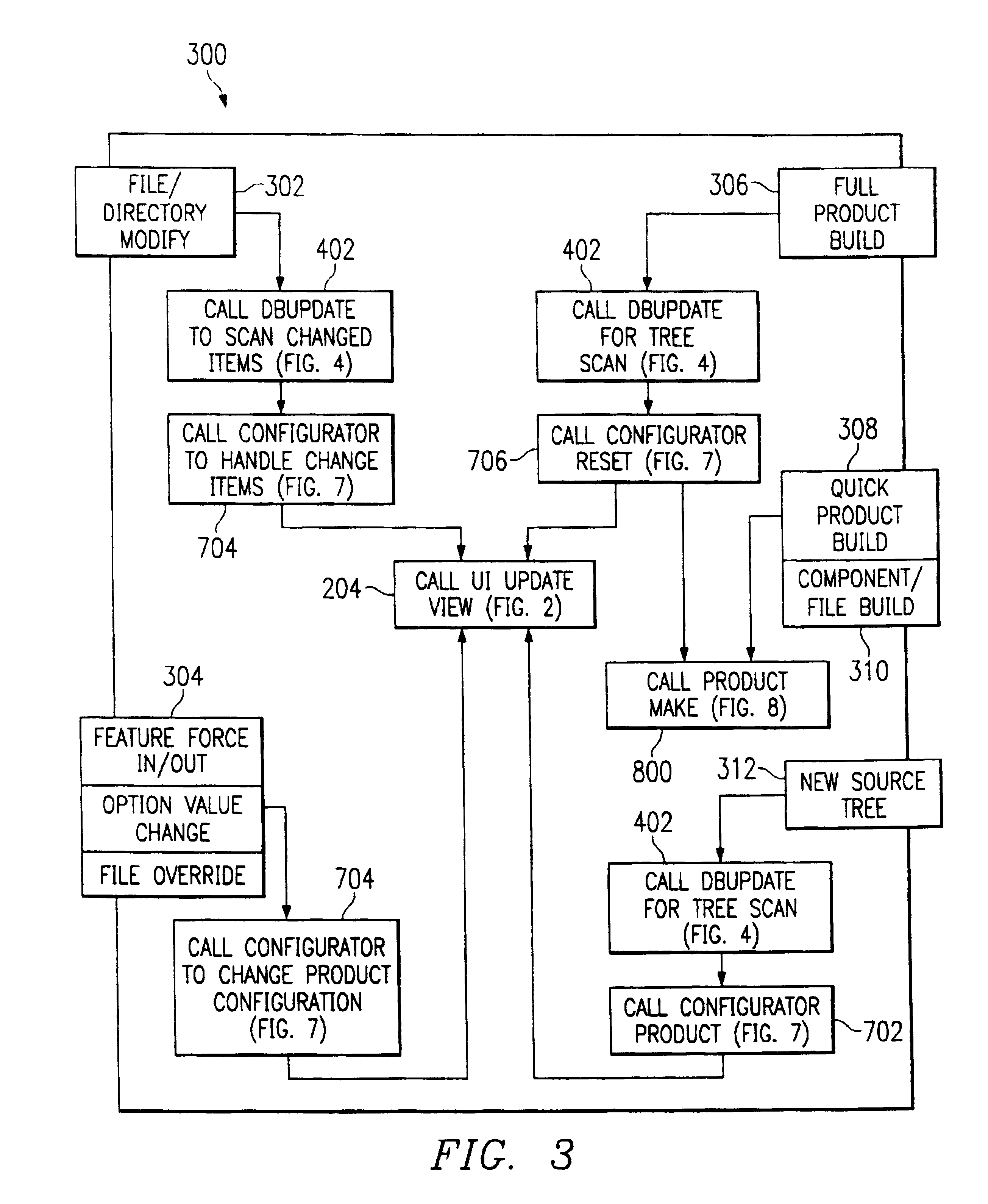Software development system that presents a logical view of project components, facilitates their selection, and signals missing links prior to compilation
a software development system and project component technology, applied in the direction of visual/graphical programming, program control, instruments, etc., can solve the problems of affecting the quality of the final product, so as to achieve the effect of quick and accurate recording
- Summary
- Abstract
- Description
- Claims
- Application Information
AI Technical Summary
Benefits of technology
Problems solved by technology
Method used
Image
Examples
Embodiment Construction
The Procedure and Label Declaration Macros consist of the PUBLIC_PROC, PRIVATE_PROC, END_PROC, PUBLIC_LABEL, PRIVATE_LABEL and FBM_LABEL.
The PUBLIC_PROC macro marks the start of a procedure that can be called from other components. It must be matched with an END_PROC macro. Its parameters are name, version and an optional INTERCEPT keyword. The name parameter is made up of a class name, zero or more subclass names and the actual procedure name, seperated by periods. The version parameter consists of major and minor version numbers seperated by a period. Callers with different major version number are incompatible. Callers with the same major version number but greater minor version numbers are incompatible. Increasing the minor version number implies backwards compatability. The optional INTERCEPT parameter indicates that the product component linker will fixup callers to call this procedure if there are multiple definitions.
The PRIVATE_PROC macro marks the start of a procedure that...
PUM
 Login to View More
Login to View More Abstract
Description
Claims
Application Information
 Login to View More
Login to View More - R&D
- Intellectual Property
- Life Sciences
- Materials
- Tech Scout
- Unparalleled Data Quality
- Higher Quality Content
- 60% Fewer Hallucinations
Browse by: Latest US Patents, China's latest patents, Technical Efficacy Thesaurus, Application Domain, Technology Topic, Popular Technical Reports.
© 2025 PatSnap. All rights reserved.Legal|Privacy policy|Modern Slavery Act Transparency Statement|Sitemap|About US| Contact US: help@patsnap.com



